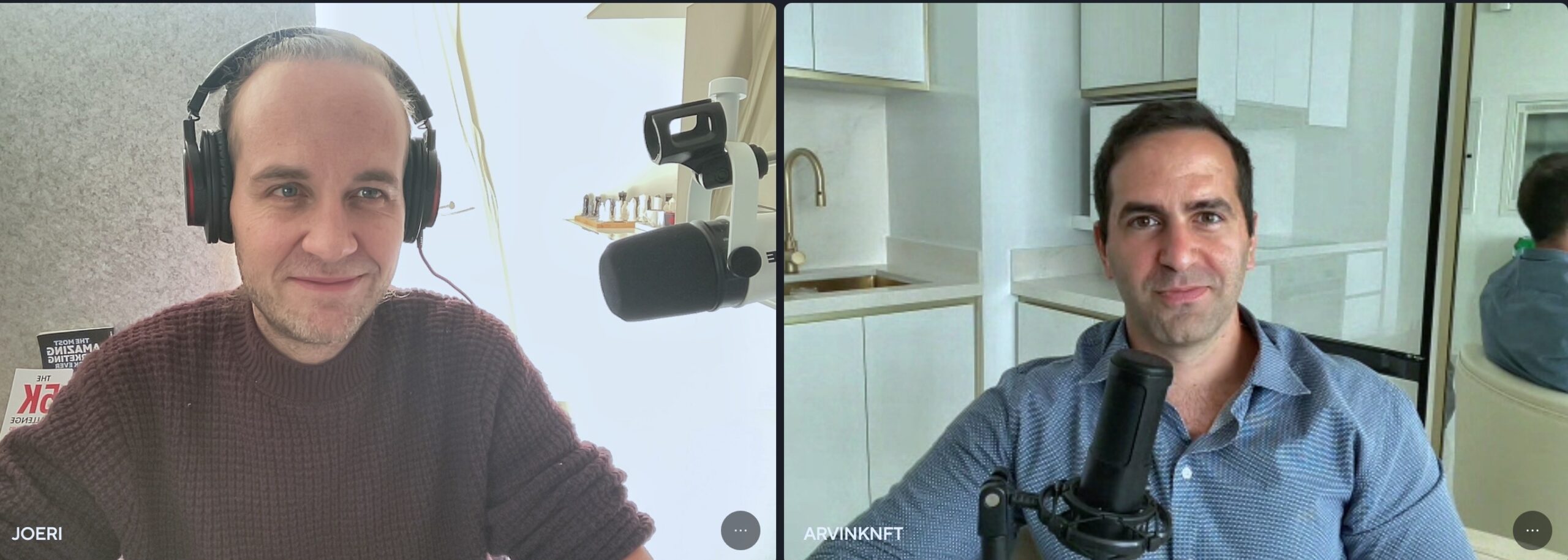Harshit Gangwar shares how Transak is solving one of Web3's biggest challenges by creating seamless onboarding experiences for millions of users through partnerships with over 450 applications across 100+ countries.
• Transak serves as the critical on/off-ramp infrastructure for major Web3 platforms like MetaMask, Ledger and Uniswap
• The entire Web3 ecosystem has only 370 million monthly active users compared to Meta's 3.9 billion users across its applications
• Building trust through transparent UI/UX and clear fee disclosure has been central to Transak's approach
• Effective messaging requires different strategies for Web3 natives (Twitter-focused) versus traditional finance stakeholders (LinkedIn-oriented)
• Regulatory compliance across multiple jurisdictions requires embracing rather than resisting evolving standards
• Next growth frontier lies in stablecoin-powered remittances and cross-border payments, leveraging crypto for real-world utility
• Successful Web3 marketing requires deep understanding of both the technology and customer needs
• Being present at the right industry moments and maintaining consistent relationships has helped build credibility
Check out Transak to experience their seamless crypto on-ramp and off-ramp services yourself, and connect with Harshit on LinkedIn to learn more about the future of Web3 payments infrastructure.
In the rapidly evolving world of Web3, creating seamless onboarding experiences stands as one of the industry's greatest challenges. Transak, a consensus-backed Web3 on-ramp, has been quietly solving this problem for millions of users across platforms like MetaMask, Ledger, and Uniswap. In a recent conversation with Harshit Gangwar, Head of Marketing and Investor Relations at Transak, we gained valuable insights into how the company has successfully built trust across both decentralized and traditional finance ecosystems.
Harshit's journey into crypto started back in 2010 when he first learned about Bitcoin. Like many early enthusiasts, he faced the fundamental challenge that would later define his career path: there was simply no easy way to buy crypto. After building experience in management consulting and web design, Harshit eventually found his way to Transak, drawn by their mission to solve the very problem he had encountered years earlier – making crypto accessible to everyone.
The scale of this challenge becomes apparent when considering the numbers. While Web3 celebrates having approximately 370 million monthly active users across the entire ecosystem, this pales in comparison to Meta's 3.9 billion users across its applications. This massive adoption gap represents both a challenge and an opportunity that companies like Transak are working to address.
Building trust in the crypto space requires a different approach than in traditional industries. For Transak, this meant starting with transparent UI/UX that clearly displayed fees and transaction details upfront. By beginning as a B2C application, they were able to collect valuable user feedback, which they incorporated into their product before pivoting to a B2B model. This user-centric approach helped them secure their first major integration with MetaMask, which served as a significant credibility signal to other potential partners.

Harshit Gangwar, Head of Marketing & Investor Relations at Transak
One of the most fascinating aspects of Transak's strategy has been their ability to navigate different messaging approaches for different audiences. As Harshit explains, Web3 native audiences and traditional financial stakeholders require completely different communication strategies. Web3 is Twitter-driven and focused on capabilities, tokens, and technical specifications. Traditional finance, meanwhile, responds better to LinkedIn-centered communications emphasizing infrastructure, regulatory compliance, and business metrics.
The regulatory landscape presents another layer of complexity. Being regulated by the FCA in the UK and compliant with MICA in Europe means adhering to strict guidelines around marketing financial products. Rather than viewing these regulations as limitations, Harshit advises marketers to understand why these changes are happening and adapt accordingly. This forward-thinking approach has allowed Transak to secure licenses in the US, Europe, UK, Canada, Australia, and India, with applications in progress for Latin America, UAE, Hong Kong, and beyond.
Perhaps most exciting is how Transak is evolving beyond simple crypto purchases to enable real-world use cases. The company has positioned itself at the forefront of stablecoin-powered remittances and cross-border payments. By building the necessary infrastructure – including licenses, banking partnerships, risk engines, and KYC systems – they're enabling companies to facilitate remittances between countries like the UK and India using stablecoins rather than traditional banking rails.
For marketers in the Web3 space, Harshit offers a powerful closing thought: don't just focus on the "fluff" parts of marketing. To truly drive change in this industry, marketers must deeply understand both the technology and customer needs. By bridging these worlds, they can help shape not just messaging but product direction and business strategy. As he points out, even Microsoft's CEO Satya Nadella started as a product marketing manager – evidence of the strategic impact marketers can have when they fully embrace their potential to drive innovation.






